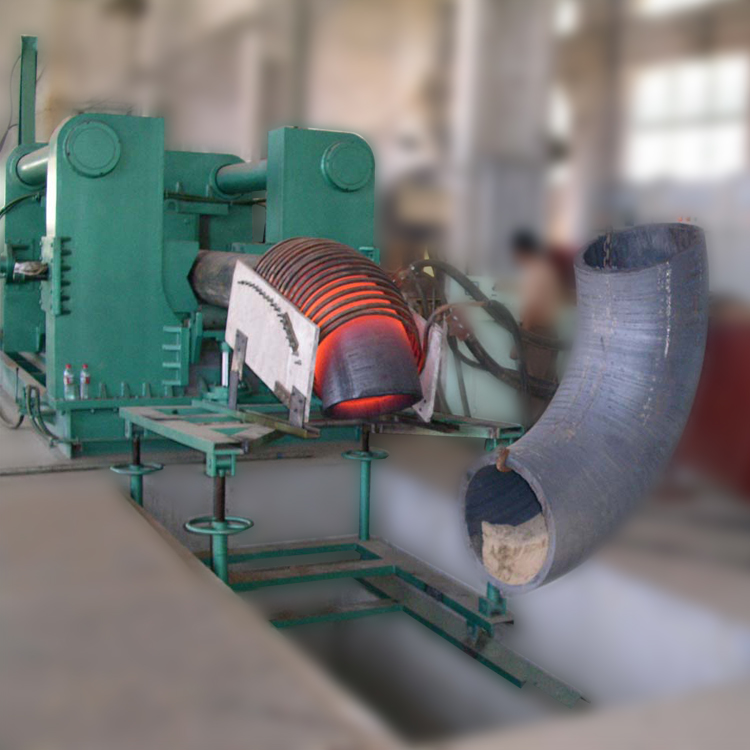A bend machine is a common industrial device used to bend metal pipes into the desired Angle and shape. Whether in manufacturing or construction, elbow machines play an important role. In order to give you a more comprehensive understanding of the elbow machine, I will provide you with seven steps, detailing the working principle of the elbow machine, the operation process and the knowledge of precautions.
Step: Understand the basic principle of the elbow machine
Before using the elbow machine, we need to understand its basic principle. The elbow machine is mainly composed of frame, motor, hydraulic system, control system and bending mold. The motor provides power by driving a hydraulic pump, and the hydraulic system controls the movement of the frame, thus achieving the bending operation of the metal pipe.
Step 2: Select the appropriate bending mold
Before using the bending machine, we need to choose the right bending mold according to the desired bending Angle and shape of the pipe. Bending dies are usually designed and manufactured according to the size and shape of the pipe, ensuring that different bending needs can be met.
Step 3: Prepare
Before we bend the pipe, we need to do some preparatory work. First, make sure the work area is clean and tidy, and remove items that could pose a hazard. Secondly, check whether the various components of the elbow machine are working normally, such as the hydraulic system, motor and control system. Finally, prepare the required pipe and bending die and install it on the elbow machine.
Step 4: Adjust the bending machine parameters
According to the desired bending Angle and shape, we need to adjust the parameters of the elbow machine. This includes adjusting the position of the bending die, the Angle and speed of the frame, and so on. By adjusting these parameters correctly, we can ensure that the desired bending effect is obtained.
Step 5: Perform the bending operation
Before performing the bending operation, we need to ensure that the operator is wearing the necessary personal protective equipment, such as safety glasses and gloves. Then, the pipe to be bent is placed on the bending die and the bending machine is started through the control system. During the operation, it is necessary to pay attention to the position and Angle of the pipe to ensure that the bending effect meets the requirements.
Step 6: Check the bending effect

After the bending operation is completed, we need to check the bending effect. This includes checking the bending Angle, shape and quality of the pipe. If the problem is found, it can be corrected by adjusting the parameters or re-performing the bending operation.
Step 7: Care and maintenance
After using the elbow machine, we need to carry out the necessary maintenance and maintenance work to ensure its long-term stable operation. This includes regular inspection and replacement of hydraulic oil, cleaning of racks and bending molds, etc. In addition, it is also necessary to pay attention to the use of the elbow machine specifications and stable operation guidelines to ensure the safety of the operator.
With the above seven steps, you should have a more complete understanding of the elbow machine. Of course, the operation of the elbow machine also requires the support of practical experience and advanced skills, so it is better to receive relevant training or consult advanced people before use.
For more knowledge about elbow machine, please pay attention to our website: http://www.fitting-equipment.com
|